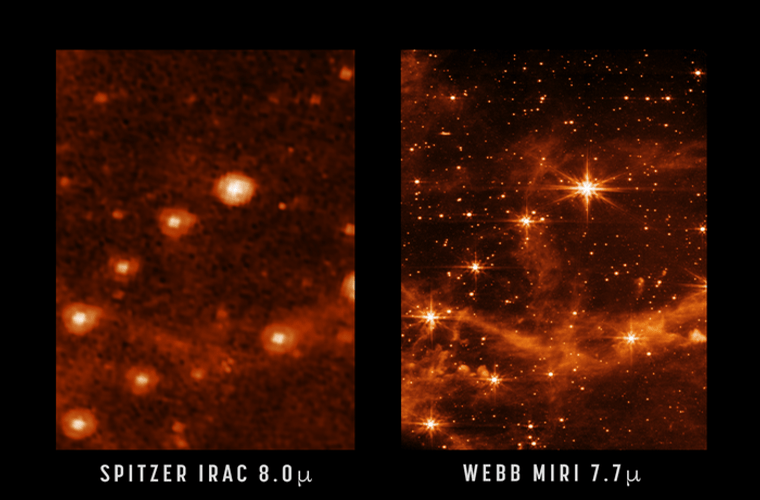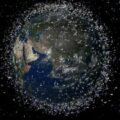The James Webb Space Telescope has recently dispatched a new series of stellar images captured by its high-powered camera system. The latest batch of images are part of the last phase of testing by NASA and the European Space Agency (ESA) using an instrument on the telescope, MIRI, which allowed test images to be taken with higher resolution, revealing more information about the formation of our galaxy.
BackGround: The Shiny, New Telescope
The James Webb Space Telescope was launched in December of 2021, and since then has reached its destination in space. It has now been undergoing remote testing, including making sure its 18 hexagonal mirrors are properly aligned for better image capture. The telescope was built and funded by NASA, the ESA, and the Canadian Space Agency. It is designed to succeed the famous Hubble telescope, by photographing stars in our galaxy in hopes of revealing more about the galaxy’s origins.
Using the Mid-Infrared Instrument (MIRI) the telescope targets older stars that appear redder due to an expanding universe. In contrast, younger stars appear bluer, due to not moving as far away as the older, redder, stars. Targeting these stars has already given NASA scientists more information about the older parts of our universe with new images.
Analysis: MIRI’s Images
The MIRI on the James Webb Space Telescope has a camera and a spectrograph that senses certain wavelengths. Once it finds these specific wavelengths, between 5 to 28 microns, it will take a photograph of that area. Thanks to the combination of the spectrograph and camera, the image appears to have a higher resolution. According to the chief scientist for the telescope’s MIRI, and professor at the University of Arizona, Marcia Ricke: “It’s not until you actually see the kind of image that it delivers that you actually internalize and go ‘wow!’ Just think of what we’re going to learn.”
One of the MIRI images shows a part of the Large Magellanic Cloud, which has a dense area of stars to test the James Webb Space Telescope’s Camera. This MIRI image was compared to a similar one taken by NASA’s Spitzer Space Telescope’s Infrared Array Camera. In comparing the two, it was no surprise to see the enhancements made by the MIRI.
Outlook: More Answers
Thanks to these enhancements, researchers will be able to better see galaxy formations as well as the gas compositions of stars. The researchers who use these images will no doubt be able to unearth more discoveries about our galaxy. In this one specific MIRI image, researchers have already been able to identify certain gases that are being emitted by stars, giving more information about how they were formed.
In the next steps to follow, the James Webb Space Telescope scientists are hoping to conclude testing the telescope’s instrumentation and transition toward observations by later this summer. With this new telescope, scientists around the world are hoping to learn more about our universe, ushering in a new age of astronomy.
Kenna Castleberry is a staff writer at the Debrief and the Science Communicator at JILA (a partnership between the University of Colorado Boulder and NIST). She focuses on deep tech, the metaverse, and quantum technology. You can find more of her work at her website: https://kennacastleberry.com/

